Unf**king the Climate - Part 6: The Role of Renewable Energy
Renewable energy is not just the cleanest way to generate electricity, it has long been the cheapest. Switching our fossil fuel energy systems over to renewable energy around the world is not just crucial to the climate crisis, but will save a huge amount of money for all of us.
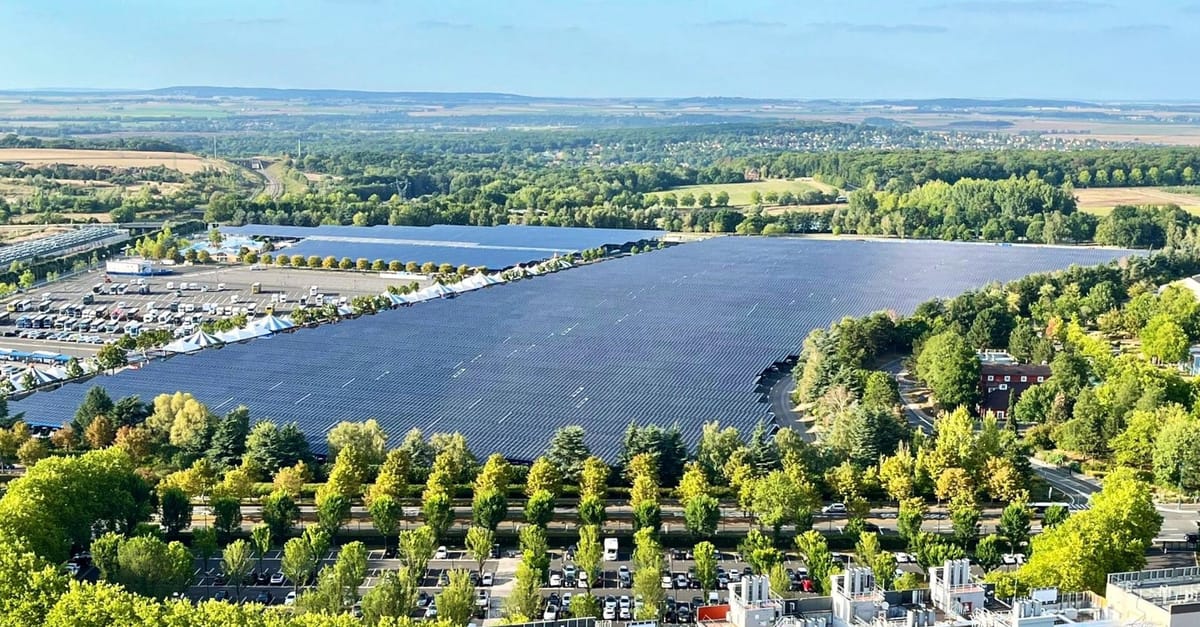
Renewable energy is not just the cleanest way to generate electricity, it has long been the cheapest. Switching our fossil fuel energy systems over to renewable energy around the world is not just crucial to the climate crisis, but will save a huge amount of money for all of us.
These savings will benefit the worst off in society, who are disproportionately effected by the extreme weather caused by the climate crisis causes, and have caused the least pollution in the first place: the Global South, and low-income households. But will it work? What are the pros and cons? What of the infinite things you've heard at the pub are true and what is just Kevin talking crap again?
Renewable Energy is the Cheapest Energy
For a long time renewable energy like wind and solar was seen as an expensive but altruistic endeavor, but now even without subsidies, renewable energy has become the cheapest way to power the grid, even cheaper than keeping existing coal plants running. It's literally cheaper to close down a coal plant and build renewable energy to replace it, even without any subsidies. Fossil fuels increasingly require taxpayer subsidy to continue running, and drilling and exploration continues to get more complicated as we have to drill deeper and into ever-less accessible fields.

Renewable energy projects are the eact opposite, requiring less and less subsidy over time. Many people do not believe this because it's been placed centrally in the culture war in so many countries, but there is no denying the fact that fossil fuels are more expensive than renewable energy.
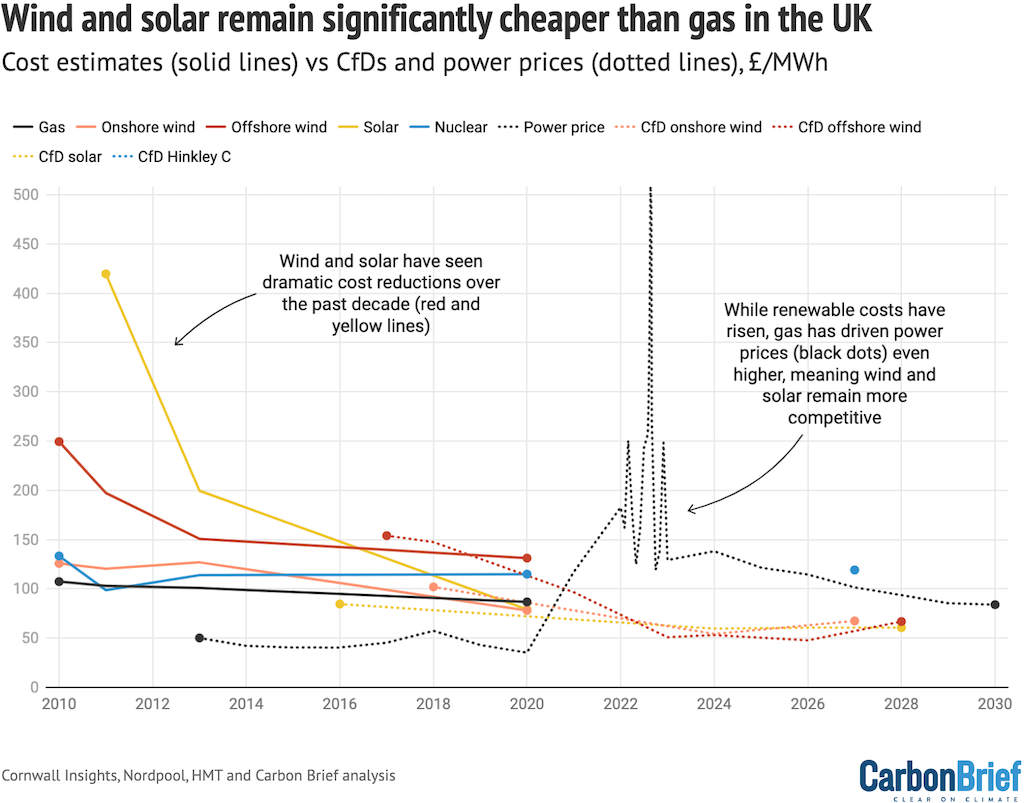
It can be hard to understand this when looking at electricity bills going up and down all over the place, but there are lot of factors effecting your energy bill that don't related to the cost of generation. The U.K. specifically has an incredibly daft system, where the price per kWh on your bill is defined by the price of the most expensive source of energy that kicked in at that point, and that is usually gas. Even if you have a renewable plan, if there's gas on the grid right now, you're paying the gas rate, and the gas rate can vary wildly. That spike above? Russian invading the Ukraine, weaponising its gas exports, and massively reducing supply of a global commodity so everyone was fighting for scraps. Countries who quickly got away from gas were hurt less. Countries who rely on it heavily were hurt more.
British-based renewable energy is the cheapest and fastest way to reduce vulnerability to volatile global fossil-fuel markets. The faster we get off fossil fuels, the more secure we become. Source: The CCC - 2024 Progress Preport to Parliment
The energy transition is mostly a political choice, not a technical one. Yes there is a lot of technical work involved, but the experts know what needs doing and are raring to go when funding and budgets are allocated. Thankfully, the economics of renewable energy has improved to a point where it's not about finding money, it's about getting politicians to stop wasting money subsidizing fossil fuel infrastructure new and old, or splurging it on damaging nonsense and greenwashing and being stuck relying on an energy source that will get more and more expensive forever.

What used to involve tough political choices is now just the sensible economic position, switching from dirty fossil fuels to renewables is cheaper, whether you're doing it because you care about the environment, or for budgetary reasons, or for points, we're seeing the energy transitioning speeding up exponentially.
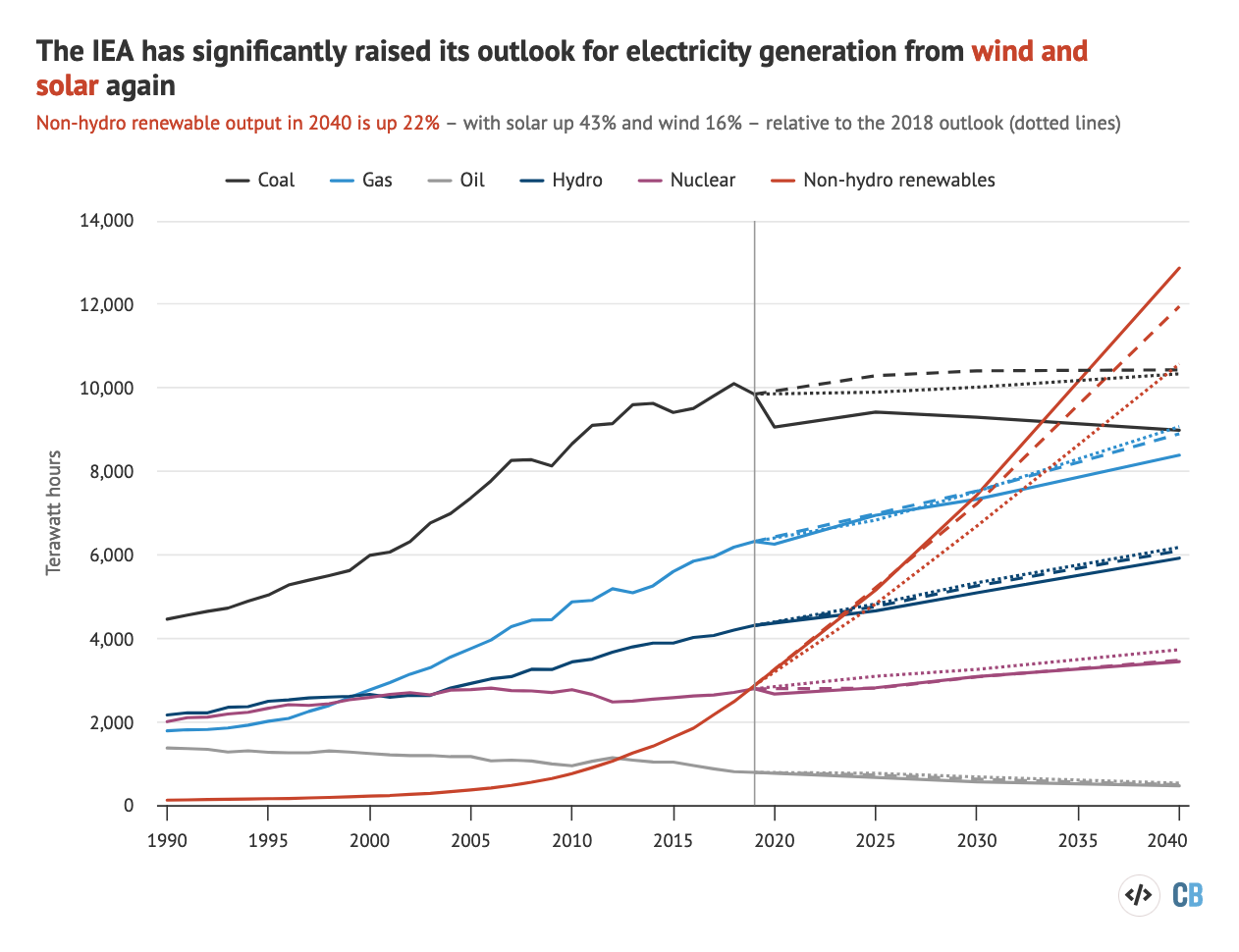
Unfortunately the onslaught of disinformation shared by right-wing media and their fossil-fuel think-tank funders has lead to mass confusion about the pro's and con's of renewable energy, as you're undoubtedly familiar by hearing all about it from your various problematic uncles.
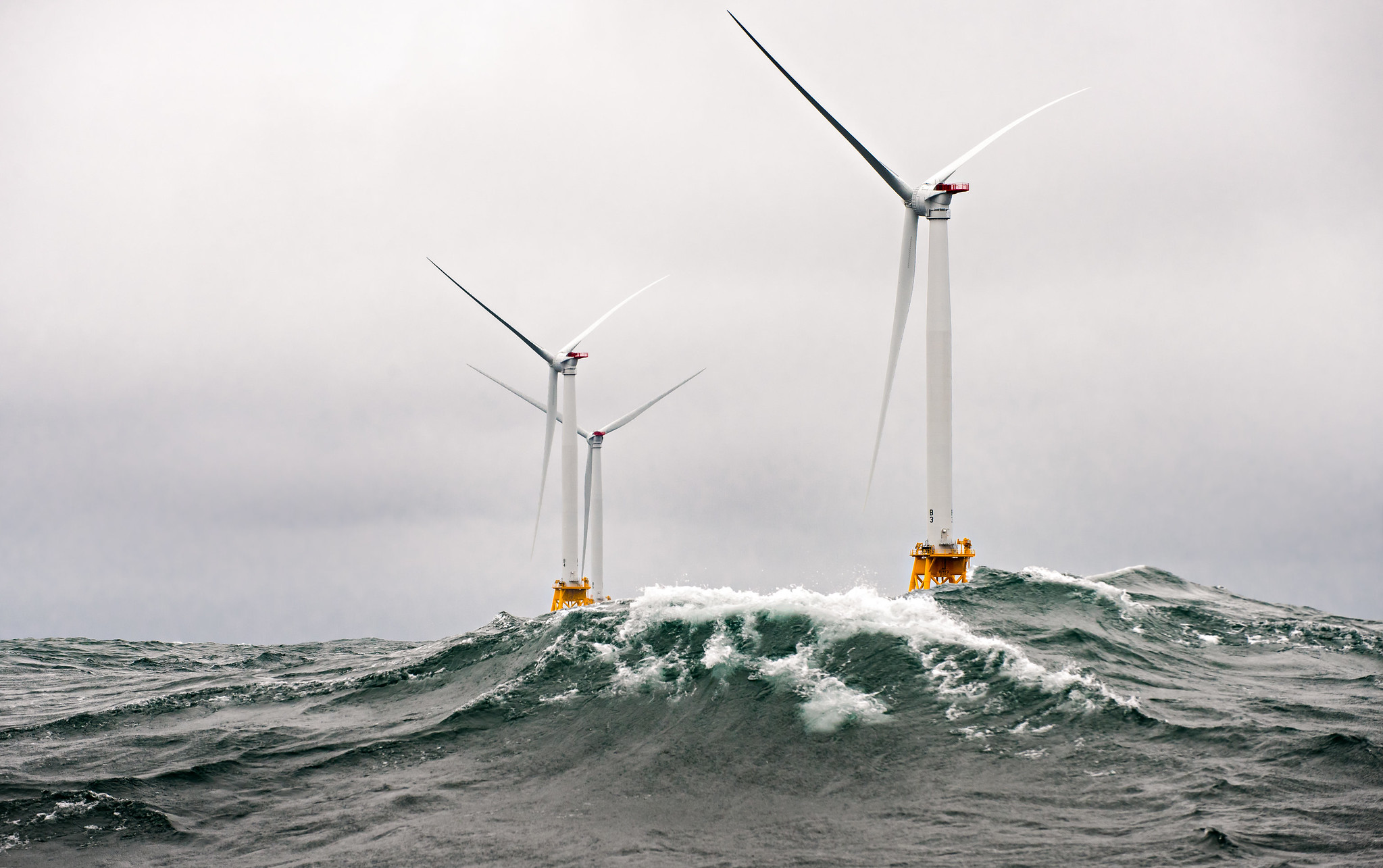
Let's look at the main renewable sources: solar, wind, and hydroelectic, the concept of storage, and see how it all works, where it goes, and what the good and bad of it is.
Solar Power
Solar has rapidly dropped in price thanks in part to feed-in tariffs in Germany and other countries, which expanded the market offering homeowners and businesses a quicker return on their investment. As panel manufacturers competed with each other to create cheaper panels, more efficient panels, and becoming less reliant on rare materials, the price dropped through the fooor.

In the same time coal and gas remained roughly the same. Some gains were made with the increase of hydrolic fracking, but nowhere near as impactful.
So we need a bunch of panels. Where do we put them?
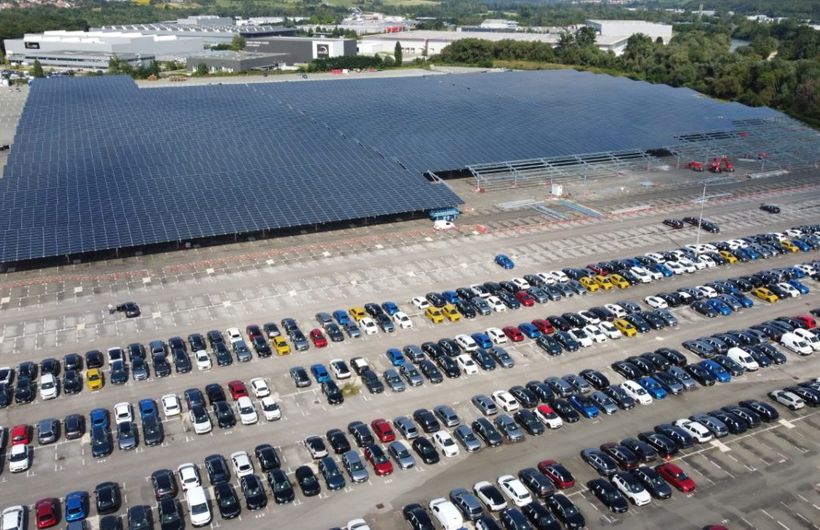
France has passed a brilliant law requiring large carparks to cover 50% of their space with solar panels over the next few years, which will keep cars cooler meaning less AC used when drivers return, and I believe it will help reduce the size of carparks as owners decide it's not worth it, selling the land off for much needed brownfield housing. Disneyland Paris got on this right away, and it's said their carpark solar farm will output an estimated 36 GWh per year, and will be enough to meet about 17% of the amusement park’s current electricity consumption.
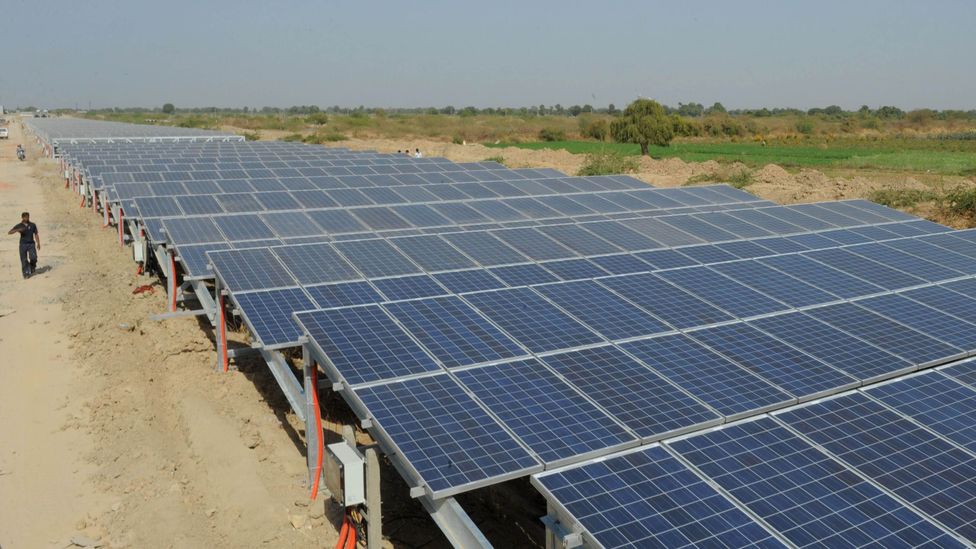
According to a study published in the journal Nature, covering 30 per cent of the surface of the world’s 115,000 reservoirs with solar could generate 9,434 terawatt hours of power annually. That’s more than triple the energy production of the EU, which reached 2,785.44 terawatt hours in 2021. Source: euronews.com
Rooftop solar is brilliant, and it needs to be a requirement for all new buildings, from warehouses and homes, in every country that can get the legislation through, but rooftop solar alone is not going to cut it. We will need more land, and other than car parks, canals, and reservoirs, there is a lot of concern about utilizing agricultural land to host utility scale solar farms.
In the U.K. there are a lot of complaints about using "top quality farmland", but these concerns do not hold up to any level of interrogation.
- Most of the time when people refer to "top quality" or "prime" farmland being used for solar farms, it turns out to be grade 3b or 4, which is low quality farmland.
- The idea that food cannot be produced under Agrivoltaics (a.k.a. Solar sheep) means mixed land use, with sheep grazing the grass below and around panels. This is literally having our cake and eating it; with farmers getting paid to host the panels, and sheep farmers getting paid to graze it.
- Around the world farmers are using solar panels to provide shade for crops which would otherwise suffer from the intense heat.
I wrote recently about inspecting each particular project on its merits and not being for everything or against everything, but solar farms particularly have become a bastion of culture wars and a rallying cry by NIMBYs, but ignoring all of the above, will we actually have a problem producing enough food to have "food security" if we convert some agricultural land to solar farms? The head of the UK's National Farmers Union says no.
National Farmers Union boss Tom Bradshaw backs UK solar farms, and warns MPs against making "sensationalist" claims about food security.
— Nicholas Earl (@nearlblog) July 19, 2024
"It’s a small amount of land which is being taken out of production," he told @POLITICOEurope https://t.co/22Ayd47lhF
Other than farmers enjoying the diversification of land use provided by grazing or cropping the land between solar panels, they enjoy the diversification of income that the solar panels provide. Whether you care about that or not, the amount of land required for the solar future is so minimal that it is dwarfed by the amount of land used for golf courses.
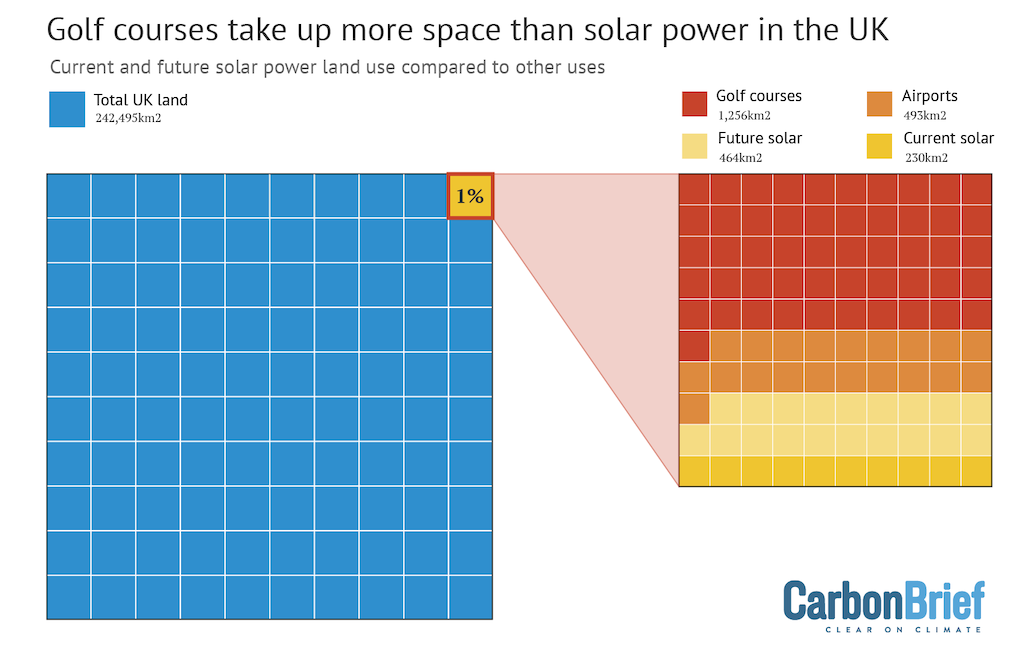
If we are struggling for food we could easily convert a few horse paddocks, close down a few airport runways, export less of our own food, or waste less land on the least efficient types of food production that also happen to be the most damaging.

Beyond farmers, plentiful research has been done into the benefits for pollinator habitat and grassland restoration that land otherwise set aside for solar panels can provide due to reduce grazing intensity.

Anyone who says solar panels are bad for farming and bad for wildlife are talking out of their backside, so moving beyond that, what concerns are there?
The Sun Doesn't Always Shine
One concern about solar panels is that the sun doesn't always shine, but why would we need it to? The energy portfolio is made up of all sorts of random stuff, coming on and turning off as and when available and based on what's needed. The world is far more connected than people understand, so thinking about whether one particular solar panel is getting all sun all the time is completely irrelevant. Inter-connectivity with other countries means the UK is getting hydro from Norway. Belgium and France are swapping solar and nuclear depending on who has more of what at any given point.
There are definitely challenges with powering an energy grid on 80%, 90%, or 100% renewables. Each of those milestones requires different solutions which are too much to get into in this article, but those problems are not just far away but essentially irrelevant when energy grids are below 50% renewables. For example, the U.K. got 41.8% of energy from renewables over the last 12 months at time of writing in July 2024. Wind 30%, biomass 6%, solar 4.5% and hydro 1.3%.
Thankfully the solutions to these problems are know by the people who are required to know them, and only ever made to seem problematic by the pundits being paid to pretend it's more complicated than it is.
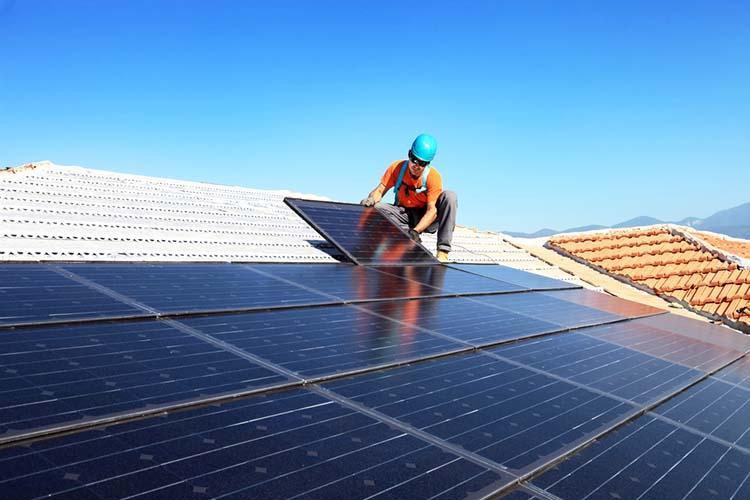
We know how much sunshine there is in a given day. We know what the weather is going to be doing tomorrow. We know how to plan accordingly. You know this. You have an app on your phone. The energy companies have access to far better data which they can use to ramp up gas, or pay industry to reduce their output temporarily, or ramp it up if there is excess energy to use. This is called demand shaping, which is a central function of a smart grid.
Using forecasting and demand shaping we do not need to replicate the concept of "baseload", especially not provided by the fossil fuel energy system with an exact equivalent. Every kilowatt we get from an already installed solar panel is a kilowatt we didn't need from expensive imported fossil fuels which needed to be mined or drilled, refined, transported, transported again, and eventually burned. Just for an example, during the summer of 2022 Europe managed to save €29 billion, so regardless of the emissions reductions it's just literally saving a huge amount of money.

In the same way that every bit of sunlight that hits the solar panel on the roof of my camper van is another bit of energy I didn't need to get from plugging into the campsite grid for an extra tenner a night, every bit of energy we get from the nations solar panels means a bit more energy we didn't need to get by burning expensive fossil gas. Studies have shown that for every 5GW of new solar we build, we would cut UK gas imports by 2%, which saves everyone money and slashes carbon emissions.

So other than voting for people who understand this stuff (like Green MPs who are literally renewable energy engineers), what can you do?
If you have a few thousand pounds in savings you can stick solar panels on your roof, which is a sensible investment that pays itself off from reduced energy bills. This maths can be hard to do, but when energy bills are spiking all over the place it's impossible to know how much your fossil fuel dependent bills will cost, so getting a panel on your roof is as much about reducing variability in your bills as it is about savings. Regardless, here are some numbers from Solar Guide for the U.K.
- A 4kW solar panel system is suitable for the average home in the UK and costs around £5,000 – £6,000.
- The estimated average yearly savings you can expect with a solar panel system range from £440 to £1,005.
- If you install a 4kW solar panel system, you will break even on your investment in about 8 years.
If you have the money but don't have the roof space, you can support community renewable projects. Ripple is a great example. You sign up as an investor, invest a few grand, and get a share of the electricity of produced by the wind farm or solar farm you invested in, lowering your energy bills substantially.
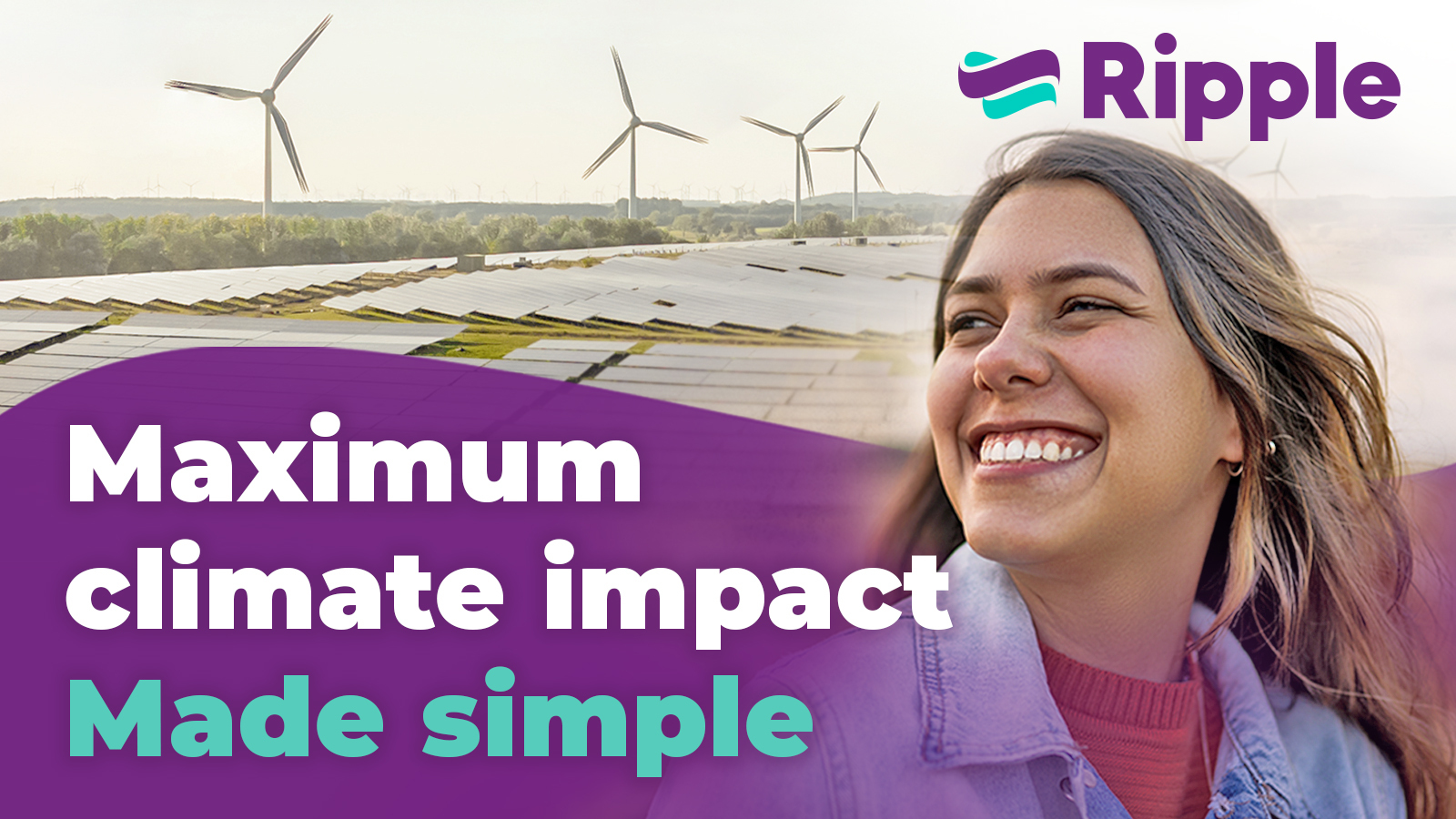
With the cost of living crisis in the UK there are people barely able to afford food and rent, let alone electricity. The Department for Energy Security and Net Zero statistics show that in England 13.4% of households are in fuel poverty, that's 3.26 million people who cannot afford their current electricity bills. There can be no delusions about expecting low-income households to magic £6,000 out of their backsides.
This is where governments should be stepping in, because not only is it a sensible investment, it's a brilliant chance for a bit of social and climate justice through wealth distribution. Helping low-income households give less of their money to Big Oil means more money in the economy, and fewer hungry kids.
Another way to think about the benefit is, is that every kilowatt produced by a solar panel somebody else has is either:
- Used by them, reducing the overall demand for expensive imported fossil gas.
- Used by you, because it's been put back into the grid and if you live close enough it's going to reach you before electrons make it all the way from a far away power plant.
Spreading the solar panels around the country and putting them where people are is the most sensible approach, because if it's produced where it is needed then we don't need to spend as much money expanding transmission lines. It also means that whilst a cloud is over your road, everyone on the next road is getting peak efficiency.
Some people fear we cannot produce enough solar panels to meet the demand, but there are more solar panels knocking around than we have the manpower to install.
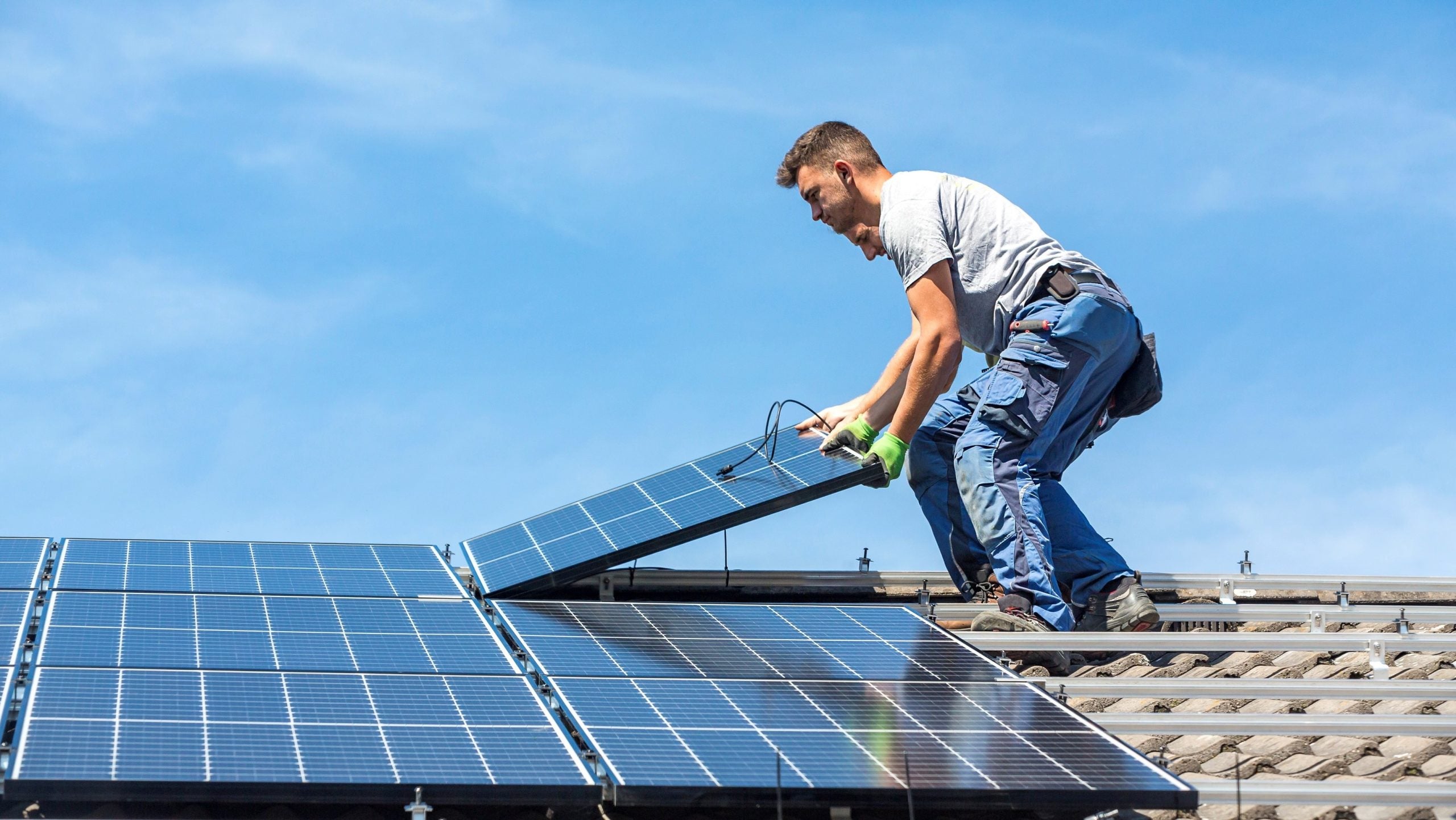
We need to focus on getting on with it instead of flapping about imagined concerns.
“European countries need to expand training programmes for solar panel installers, address grid bottlenecks and streamline bureaucratic processes to get solar panels out of warehouses and onto the roofs of homes and businesses as fast as possible,” says Tara Connolly, Beyond Fossil Fuels campaigner. “This should be the top priority for governments across Europe trying to cut emissions and get Europe off gas rapidly."
Wind Farms
Wind turbines are increasingly cost effective, and can produce energy at huge efficiencies year round, adding to the energy portfolio at the times when solar panels are producing less. A convenience fact is that wind in much of the world is higher at night, and more intensive in cooler climates, adding more to the mix at times where solar panels are producing less.
In the U.K., wind has killed coal, and it's coming for gas!
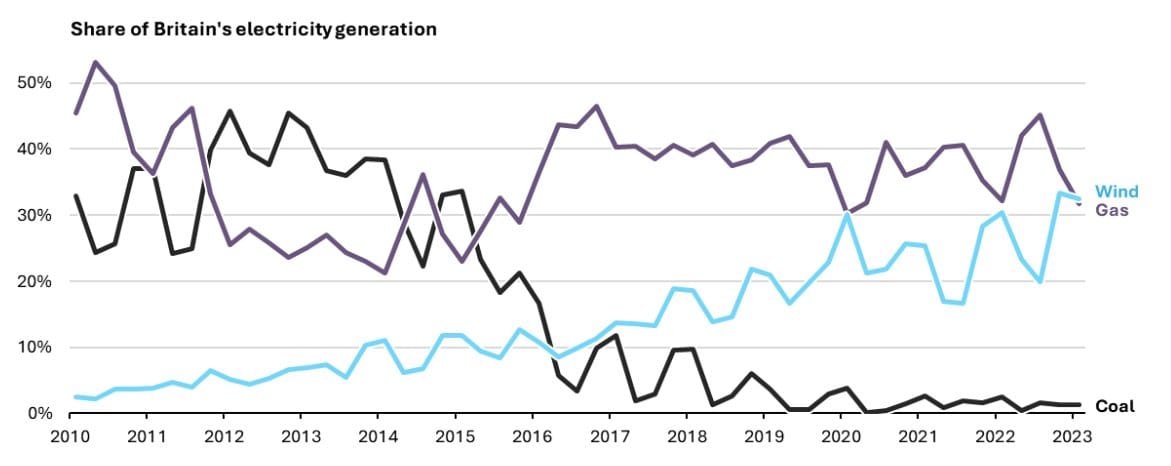
Wind farms are amazing, and depending on your source of data are either the cheapest or second cheapest form of electricity. Offshore windfarms even more so, because whilst it can be expensive to install transmission cables to get the energy where it needs to go, they are far more efficient because they can be considerably taller, and access far higher wind speeds in the sea due to lack of terrain slowing things down. They also meet almost no community resistance from NIMBYs, but that doesn't mean there is not pushback from BANANAs (Build Absolutely Nothing Anywhere Near Anything), with people making wild claims about disturbing whale populations. Let's look at how they work.
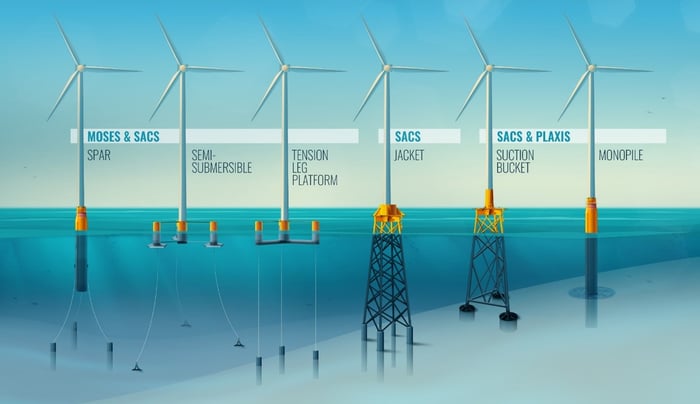
Due to their design they obviously have considerably less impact than offshore oil wells and deep sea drilling. Comparing temporary structures and anchored cables to fossil fuel mining is obviously silly but it's done regardless. By contrast, this is how offshore fossil fuel drilling looks.

Offshore wind turbines are a clear win, but we will need a fair amount of onshore wind turbines too. One of the main concerns about wind turbines is that they kill birds. Thanks to a combination of planning, radar, and machine learning powered cameras, wind turbines are generally places in locations that are least likely to effect known migratory patterns, yet are able to spin down in the case of birds coming towards them.
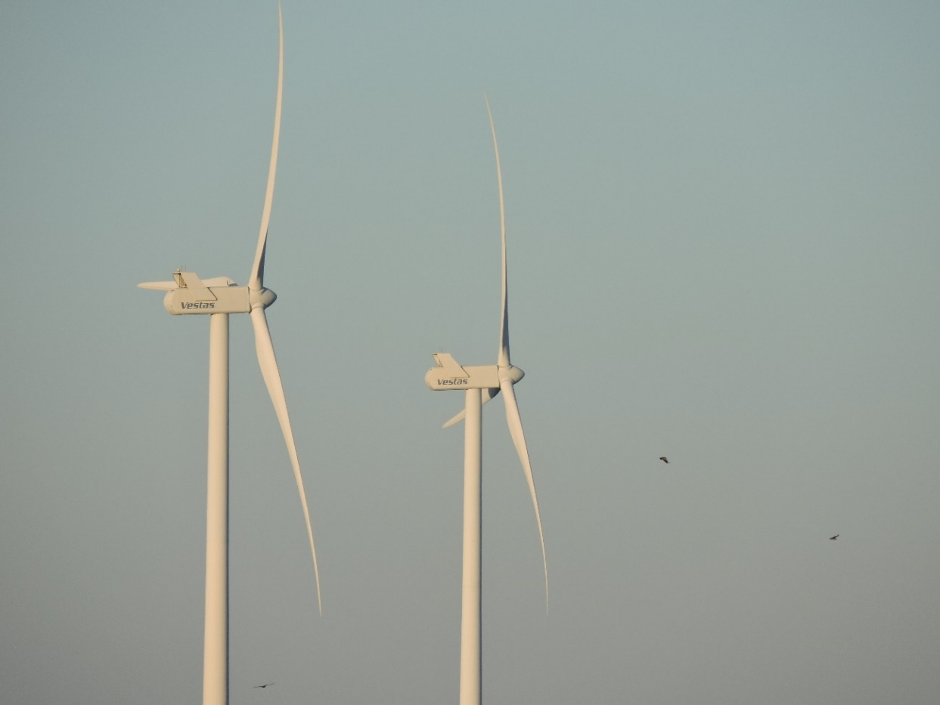
The claim does not come from nowhere, wind turbines have caused bird deaths, but based on all available data the impact of is far lower than all other forms of human-caused bird death.

The last article in the Unf**king the Climate series focused on Freedom from Car dependency, and a small reduction in cars on the road would be a far bigger help to bird populations than more wind turbines going up, but with proper planning we can make sure wind farms are not going to cause harm.
It is well known that birds and bats can be killed by colliding with wind turbines, but this is neither inevitable nor unique to wind turbines, and must be considered in context. Moreover, just like us avoiding lampposts on a pavement, most birds avoid turbines most of the time. As long as the turbine is in a sensible place that isn’t high in bird traffic. This doesn’t mean we should ignore the fact that some bird deaths are due to turbine collision. Importantly, we need to consider which species could be affected and whether the additional loss of some individuals will affect their population.
This does not mean the impact should be ignored, but if we want to complain about wind turbines and we don't want to rethink all buildings and ban cats, there are far bigger fish for us to fry.
I met a land manager on a farm a few years ago who used to work at a landfill site near Bristol Airport. His job was to shoot every bird that went anywhere near the landfill, because any of those birds could have gone through a jet engine and killed people. It didn't matter the species. he told me, he'd just kill every single bird that came through.
Context like this is important if we are to focus what projects we want to support, and what we want to campaign against. Clearly we don't want to do anything which harms wildlife that's already in freefall, because we cannot fight the climate crisis in a way that harms the biodiversity crisis. At the same time we cannot pretend that sliding into climate chaos is going to help struggling wildlife populations, because both crises. If we need to ban anything it should be the main causes of the climate chaos, because keeping emissions down is key to protecting all of our wildlife.
What are the actual downsides? As always there is the question of lifespan and waste. Wind turbine blades are made from either steel with epoxy, or fiberglass-reinforced polyester, both of which last for around 20 years. Once the blades have degraded to a point they need to be retired, they can be recycled using specialist approaches, and companies are working on new resins which are easier to recycle, but even those which are not being recycled a re reused. Turbine blades can be sliced into strips, and used instead of steel rebar to create reinforced concrete. This practice being pioneered on High Speed Rail 2 in the U.K., the much misunderstood domestic aviation busting electric railway people love to complain about. Beyond that there are countless other things we can do with them.

Concerns about wind turbines are generally misplaced. On their own merits the pros outweigh the cons, and the cons are generally misunderstood, overblown, and those which are valid have either been solved already, or solutions are in the works. There is simply no comparison other than fossil fuel funded nirvana fallacy.
Hydropower
Hydroelectric dams are generally made by blocking a river with a dam, creating a reservoir that can then be released to spin turbines at rates determined by the needs of the grid. They've been around for a century, and in 40's, 50's and 60's they were seen as the pinnacle of renewable energy: they had a huge amount of storage built in, could provide a solid baseload, and were extremely reliable because the rivers would top up the dams and that seemed like an perpetual source of energy that could never run out.
At this time the focus was on power generation, and the impacts were either unknown or unimportant against those goals. The cultural impact of displacing whole communities aside, there are countless issues with blocking rivers and flooding whole valleys. Firstly a lot of these valleys had existing vegetation, which release a huge amount of methane off-gassing as flooded forests rotted below the water line.
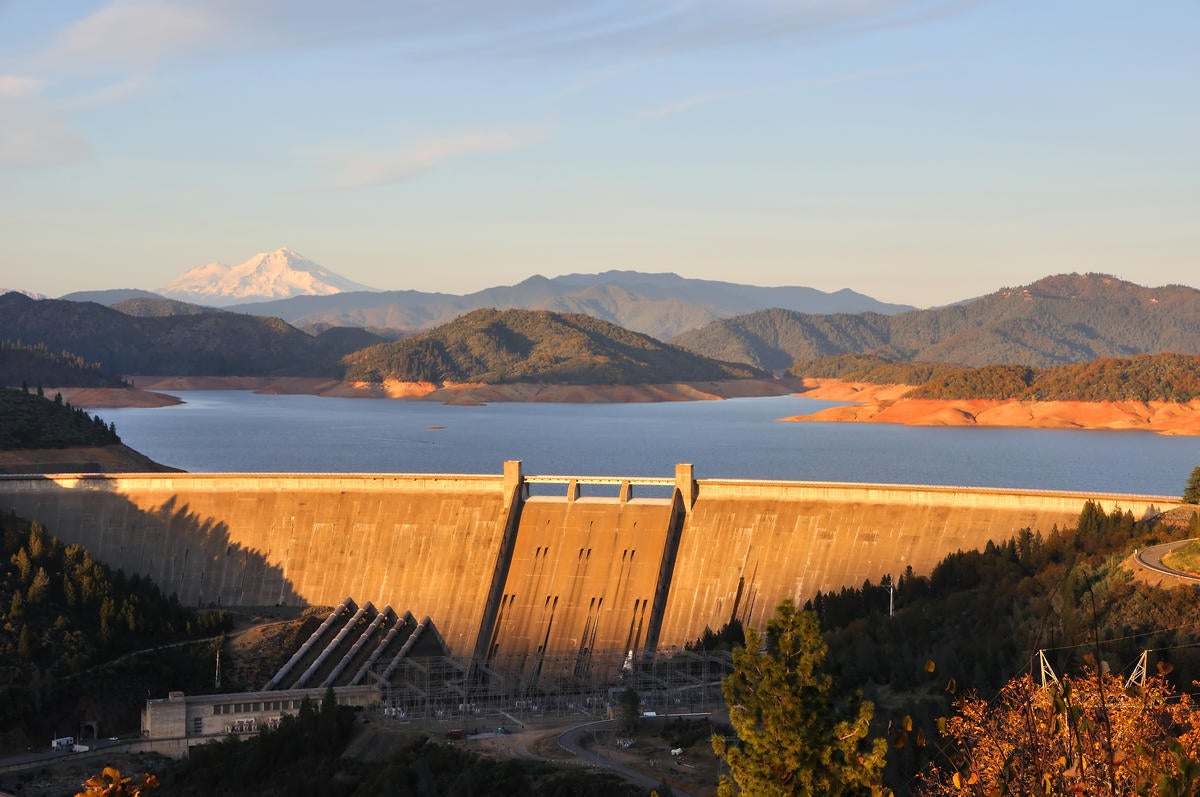
Major changes to ecosystems like this don't just effect flora, they also have negative impact on wildlife. Dams have lead to declines in local biodiversity, trapped sediments and changes in river temperature as water in reservoirs warms up, and the impact of fish populations is horrendous.
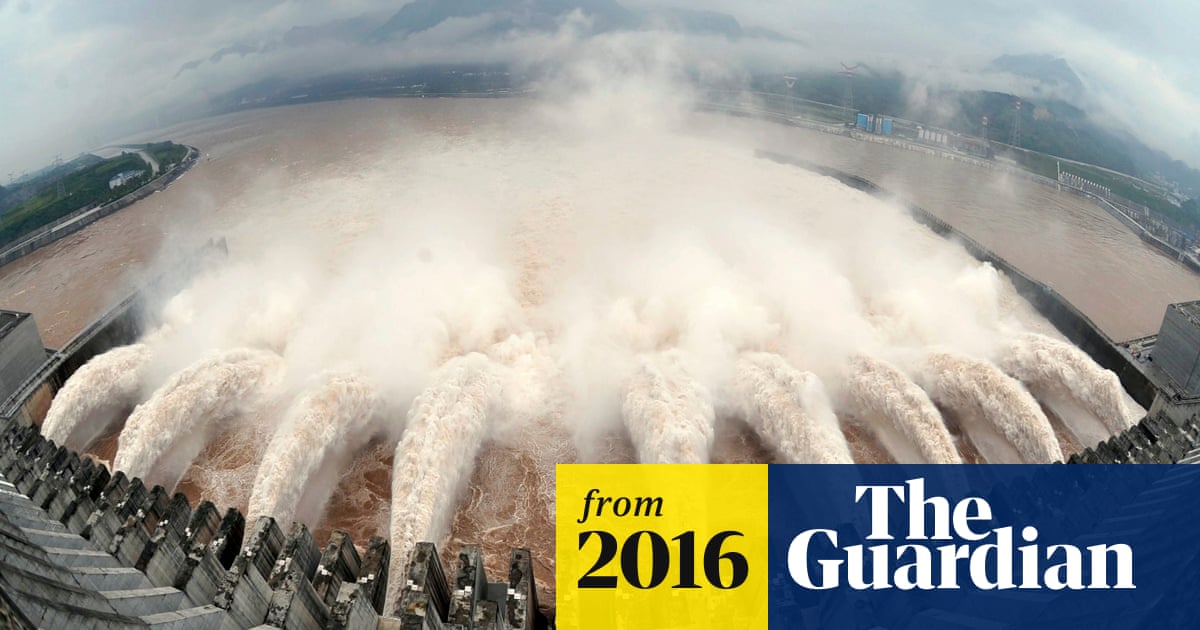
In America over a thousand dams have been removed, and the effects on fish populations have been staggering,
Dr Jeff Opperman, WWF’s global led scientist for freshwater, tells Carbon Brief dam removal is “one of the most effective ways” to address the “dramatic decline” in freshwater species. Since the removal of the Edwards Dam on Maine’s Kennebec River 20 years ago, for example, numbers of spawning river herring have increased nearly a hundred-fold. Source: Carbon Brief
Ignoring the biodiversity benefits of removing dams for a moment, it's understandable that people are concerned about removing renewable energy from the mix as the climate crisis continues to get worse, but the electricity output of these dams has floundered. With rainfall becoming unpredictable and extreme droughts becoming more common, many dams are finding they are unable to produce power, with even the massive Hoover Dam facing threats from the extreme droughts brought by the climate crisis, and China suffering a 25% drop in hydropower production.
:format(webp)/cdn.vox-cdn.com/uploads/chorus_asset/file/25355974/1621377566.jpg)
Canada, China, Colombia, Costa Rica, India, Mexico, Türkiye, the United States, and Vietnam, along with other countries, all saw hydropower generation decline. The global hydropower capacity factor, a key measure of utilisation rate, fell to below 40%, the lowest value recorded in at least three decades. In certain countries, diminished hydropower output led to energy shortages, heightened reliance on fossil sources such as coal and gas, and raised concerns about the stability of electricity supply. Source: IEA: Electricity 2024
Not only are traditional hydropower dams becoming less reliable in drought, unpredictable extreme rainfall is causing even more problems, with older dams starting to become a maintainence nightmare, and several overtopping when extreme rainfall exceeds their tolerance.
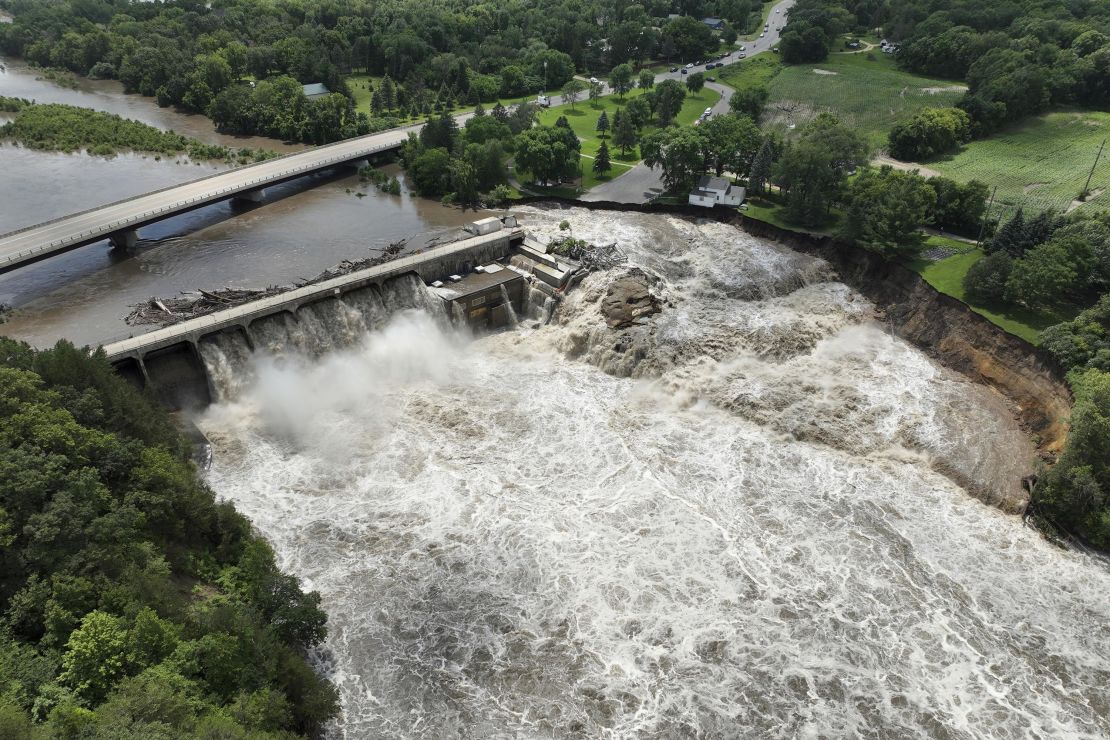
With hundreds of thousands of similar dams around the United States, the burden of maintenance and repair is putting companies out of business, with many owners choosing to tear them down instead of undertake expensive maintenance work.
The sensible position on hydropower going forward should be to remove as many dams as possible, starting with those producing the least energy, and/or having the worst impacts on fish populations. With the dams gone the conservation work can begin, to reinstate the river ecosystems, and restore fish populations. The production capacity of each removed dam can be met by utilizing their existing grid transmission with newly deployed solar farms and wind turbines, which have far less impact. According to Nature solar panels could replace the generation capacity of these hydrodams with only 13% of the land use.
Alternatively we can utilize pumped hydro in a closed system, which can take some water from the system, but generally act as energy storage, pumping water up when there's excess renewables on the grid, and releasing it when there is unmet demand.

Energy Efficiency
One of the biggest misunderstanding with the energy transition is around energy efficiency. Whether you're concerned intermittent renewables cannot produce enough energy to consistently meet demand, or whether you think we should just use less of what we have instead of more of something else, the word efficiency comes up a lot.
Firstly, regardless of whether we heat leaky poorly insulated homes with wasteful expensive gas, or heat pumps which have an efficiency rating of 300% to 400%, it's important to reduce the waste either way. It's obviously better to waste a little bit of electricity heating a cold leaky building with a heatpump than wasting a bunch of dirty fossil fuel energy, but let's fix the buildings being cold and leaky also, in whichever order.
The other energy efficiency concern is that renewable energy cannot create as much energy as fossil fuels, because "they are not efficient". People mean a few things by this, all of which are rubbish.
Solar Panels Work Fine in Winter
The electricity production of solar panels changes throughout summer and winter. People seem to think that solar panels simply don't work when it's cold, and this isn't true.
Yes. Solar panels work in the wintertime and can even be more efficient than in the summer months. This is because, like with many electric devices, solar panels can overheat when it’s too hot. When the heat is extreme, this may even cause them to fail and shut down entirely.
However, on the flip side, there is less sunlight during the winter months. So while the panels are actually working more efficiently creating electricity, they also have fewer total hours of sun to work with which means energy outputs tend to decline slightly overall. Source: Forbes
Less energy? That sounds bad, but solar panels only reduce by an average of 83% in winter compared to summer, which is absolutely fine. Every free kWh is welcome.
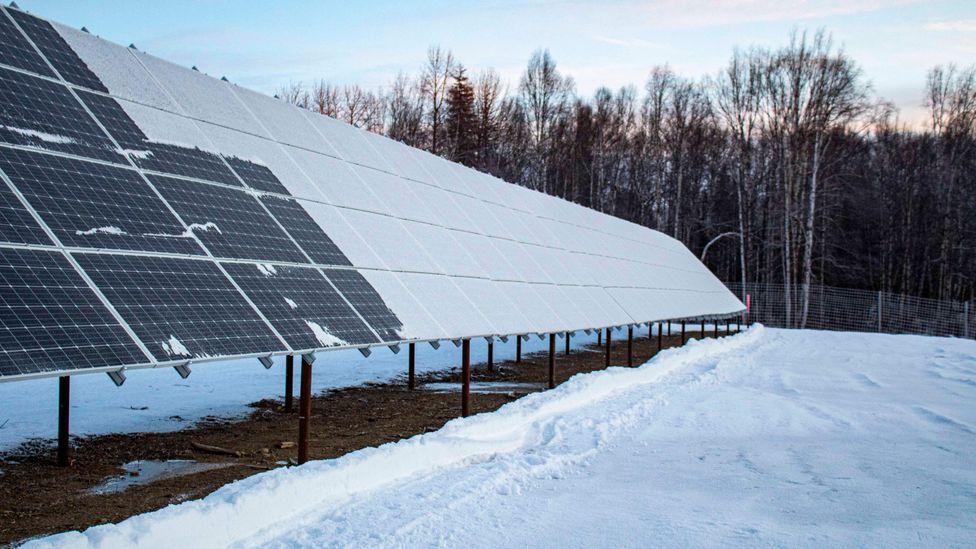
Solar Panels are only X% efficient
I cannot tell you how often somebody tells me solar panels don't work because their efficiency is only 15%, or some other number that sounds low. What does that mean? It sounds bad, right?
Firstly 15% is the lowest end of commercially available solar panels of the sort you might get on your roof or out in a field. Panels range from 15-24% at time of writing, and what this means is that 15-24% of the suns energy hitting the panels is being converted to electricity.
Who cares? How much energy is in sunlight? Who cares if some if it is bouncing back off into the sky? I cannot understand why this would matter to anyone, because I honestly don't know how much energy is in sunlight, I just know that my solar panel is producing enough electricity for me to do everything I need all the time, and if I had more energy coming in I'd need to get some bigger batteries or start doing something silly with it.
How efficient are fossil fuels?
The same people who are bizarrely concerned with the efficiency of a solar panel never seem to be concerned about the efficiency of fossil fuels. Fossil fuels aren't just damaging, they're really inefficient. Due to the basic laws of physics involved with burning anything to spin a turbine, at least half of the energy stored gas and coal are wasted as lost heat, noise, and friction.
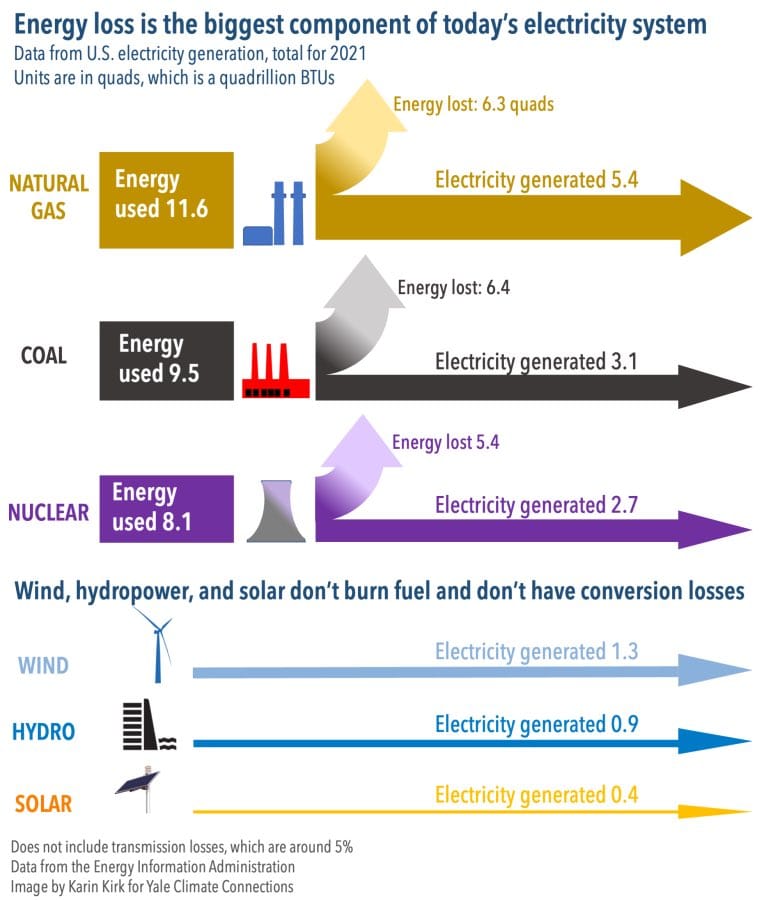
Comparing the 50% losses to the 15-24% efficiency of panels is not possible. They're fundamentally different concepts, and without getting into the science the main point is the difference in the waste. Some sun bouncing off my panel uncaught is obviously not the same thing as releasing countless harmful greenhouse gasses and particulate matter into the atmosphere along with waste heat.
Our energy production portfolio will look a whole lot more efficiency when we stop burning nonsense, that's even without thinking about the amount of energy wasted mining, transporting, refining, and transporting again, compared to sunlight landing on the panels and wind spinning a turbine.
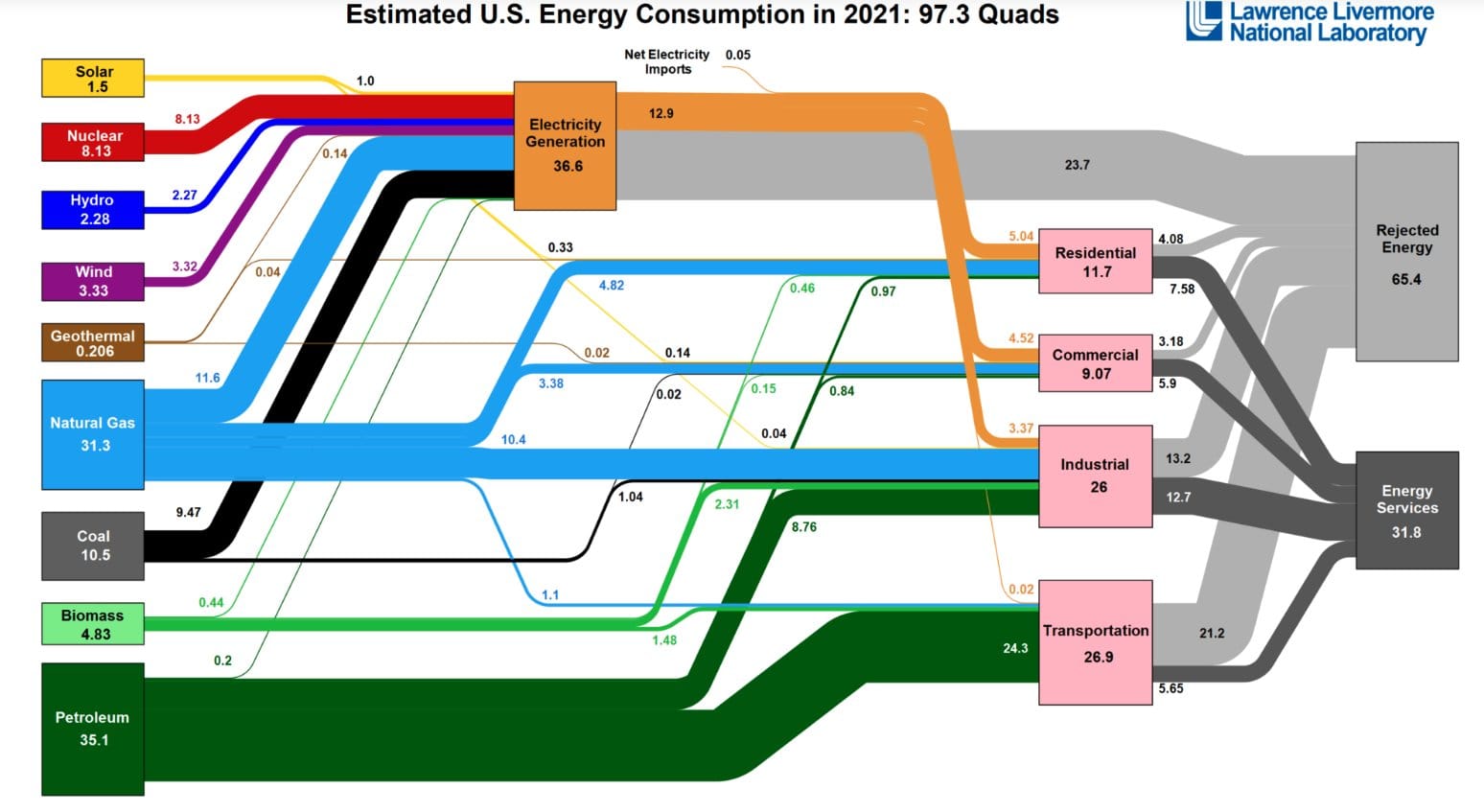
Renewable Energy Creates Emissions
We've all heard the argument "renewable energy is bad because manufacturing creates emissions so they're bad", like building massive power plants out of steel and concrete doesn't. Whenever somebody makes a claim like that, they are deploying the nirvana fallacy to make something that's considerably better seem bad because it's not perfect.
The important question here: how much CO2 equivalent greenhouse gasses are produced for every kWh of electricity generated by each of these technologies? Once again, lifecycle carbon analysis is the key here, measuring all the emissions from manufacturing, installation, operation, and retirement. Want to take a guess at the result?
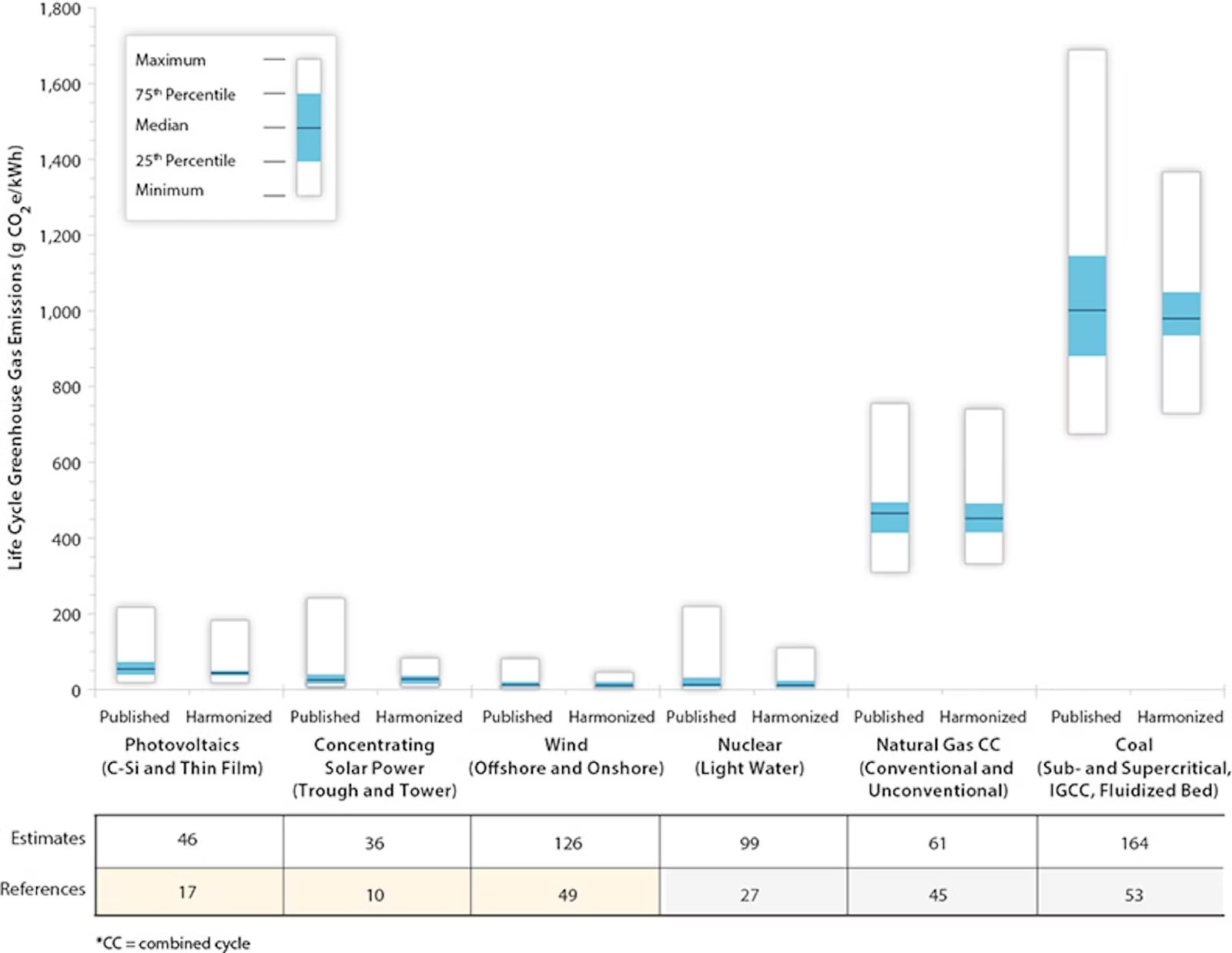
As far as emissions go, fossil fuels bad, clean energy good. The more energy grids continue the transition to clean energy, the lower the CO2e/kWh will go, and despite heavy investment from the fossil fuel industry to confuse everyone into fighting against it, the energy transition it's making progress.
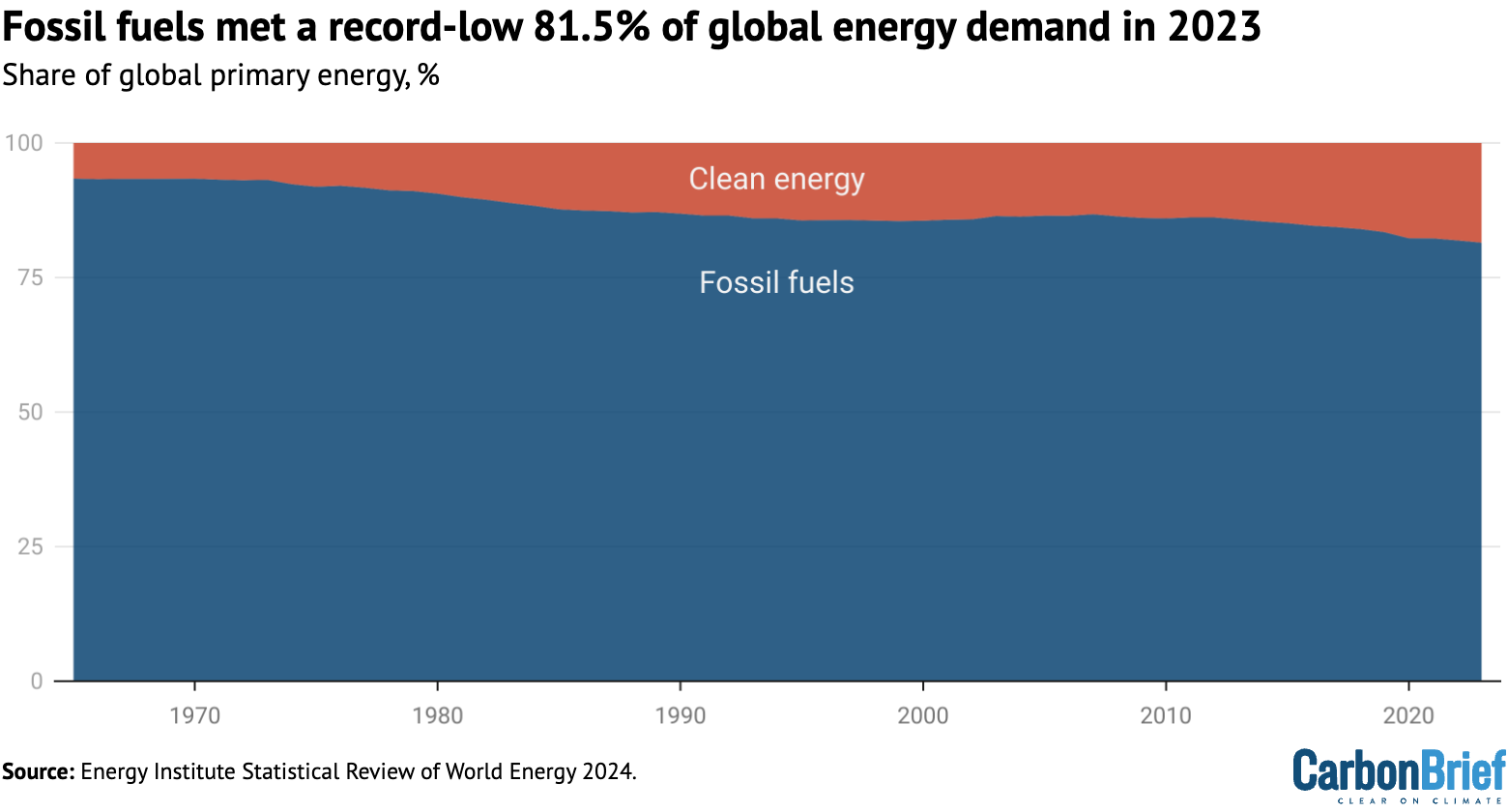
Electrifying energy production is only part of the picture of course, we also need to be switching to green steel and alternative cements, but guess what, which all rely on clean energy, so we need to be cracking on with all of it at the same time.
Storage Solutions
So far solar, wind, and pumped hydro seem like a cracking choice, but there's that big lurking issue of intermittency. The sun doesn't always shine, the wind doesn't always blow, often one or the other is happening but there will be times when neither are, and even though most modern countries have transmission lines sharing power across regions and borders, perhaps the whole darn area is just completely out of renewables and we've turned off / demolished all the fossil fuel plants. Then what? Huh?!
Storage will play a big role in the future and is absolutely necessary for getting grids beyond 50% renewable energy and pushing up towards 90%, or even 100%.
Electricity storage comes in a lot more forms than people think. Usually the first thought is batteries, with statements like "we'll never have enough lithium to create enough batteries to cover the whole grid for a cloudy week of no wind in winter" or something equally extreme. There's plenty of lithium, sodium ion batteries are great, we can reuse old car batteries after they get down to 80% after 8-10 years, but more importantly batteries are only one form of storage, there are some really interesting solutions deployed around the world solving this problem already.
- Compressed-air energy storage
- Flywheel energy storage
- Solid mass gravitational
- Pumped-storage hydroelectricity
- Power-to-gas (methane, hydrogen storage, oxyhydrogen)
I hope you enjoy the Wikipedia rabbit holes as much as I did when I first learned about these, but they're not just theoretical or experimental.
Theres the flywheel in Scotland, converting retired coals plant into a sort of kinetic battery using inertia.

The concept is simple. You use excess solar power to spin this flywheel up, then when you need to get some energy back you can engage the dynamo, providing a huge amount of energy back to the grid to flatten out short-term dips in production and provide a stable input to the grid. This also uses most of the existing mechanisms from the old coal plant, they just don't need to burn anything to create steam to spin the turbine. The rest of it is the same.
Not just a press release or a puff piece, these things are running around the UK and when the first batch of them are completed they'll provide the same inertia as five coal plants, without any of the emissions.
Statkraft is contributing to the Stability Pathfinder initiative through its Greener Grid Parks. One of these is now operational in Moray, Scotland, while the other site that houses two of ABB’s high-inertia synchronous compensators is Lister Drive, in Liverpool, England, became operational in March 2023. Statkraft is progressing several more potential projects across the UK, with consent already given to construct two Greener Grid Parks in the west of Scotland, and one north of Swansea, in Wales.
Abandoned mines are also being filled up with sand and salt all over the USA, to work in much the same way as pumped hydro, but with even less impact to biodiversity and almost zero land use.
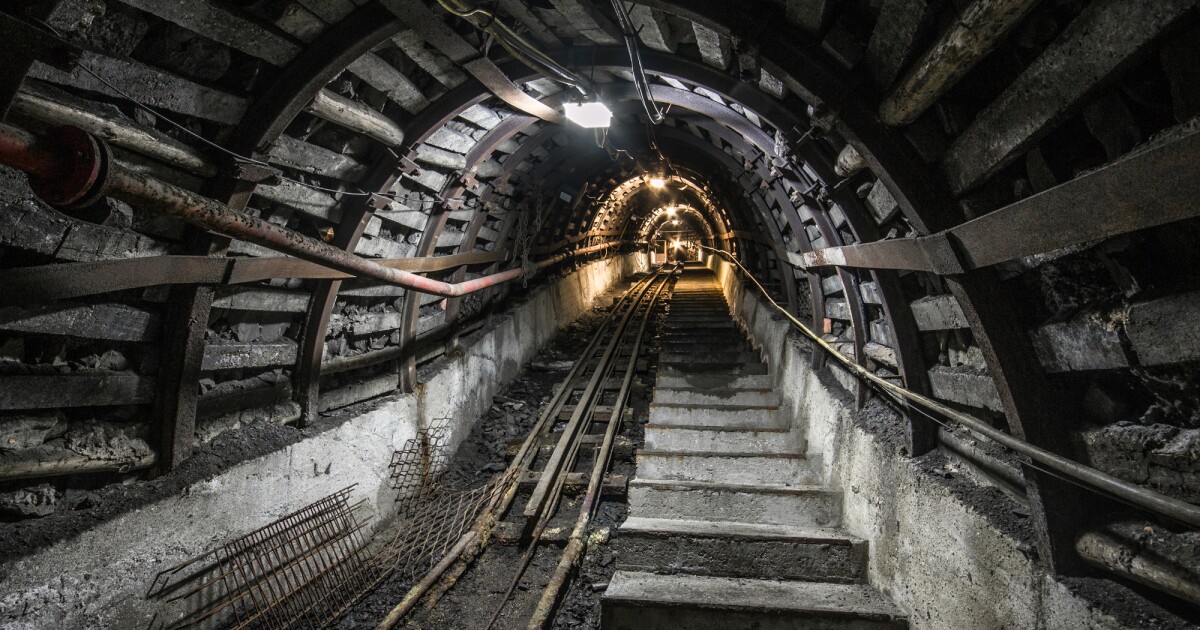
There are so many good solutions out there, and there's money to be made in doing the right thing, so all we need to do is get on with it and stop corrupt goons convincing us to stick with the status quo just because we don't understand what is being proposed.
There's a lot more to discuss
I expect there's a fair few people reading this with one eye twitching, shouting WHAT ABOUT NUCLEAR into their screen, but that's exactly why I've intentionally ignored it for now. Nuclear has a place in the energy transition, but it is a much larger discussion for another day, and it's often used as a cudgel to shout down anyone discussion renewable energy. It's expensive, it's slow to build, and whilst concerns about safety are overblown those hurdles alone are enough that we need to really concentrate on cracking on with renewable energy. We'll cover nuclear another time, but this is a really interesting podcast from people I respect.
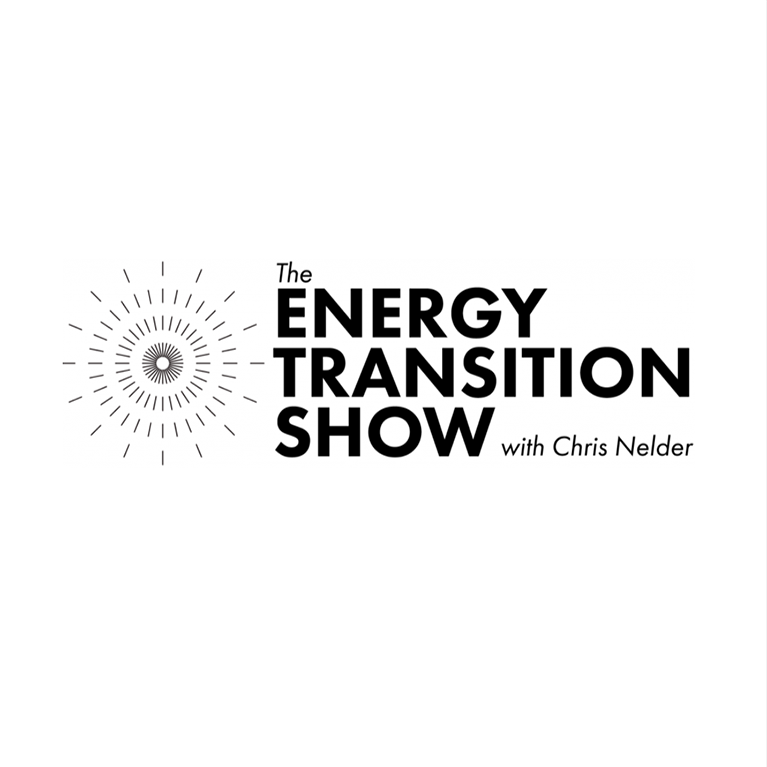
We need to talk about demand side solutions, tidal, heat pumps, home efficiency, siting concerns, transmission, and infinite other topics, but for now I hope I've got a few things across:
Fossil fuels are a crap way to create electricity in every way have been pushed on people, with alternatives suffering from disinformation and propaganda by the people selling us the expensive crap solution. Individually and collectively we need to boycott the fossil fuel companies. Switch your business away from them, stop giving them money and give it to clean energy companies like Octopus Energy and Good Energy. Do everything you can in your own life, and vote for people who promise to help ramp up the energy transition with wartime-like urgency.
Thanks for reading! Hit subscribe to get these articles in your inbox, and sign up for a paid subscription if you can to help me spend the time writing.






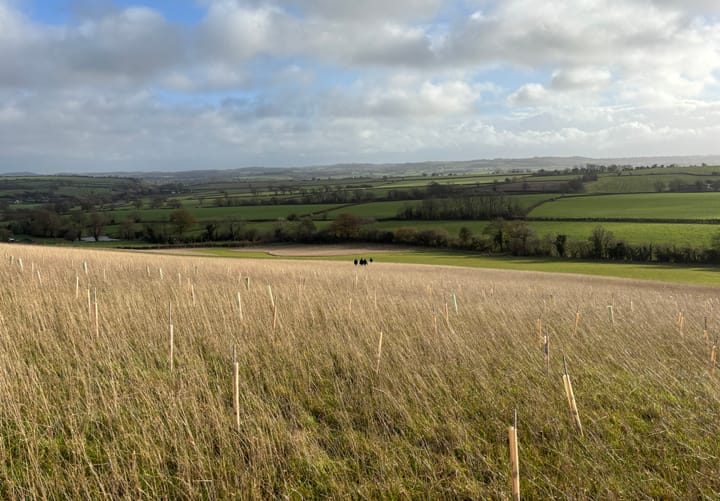
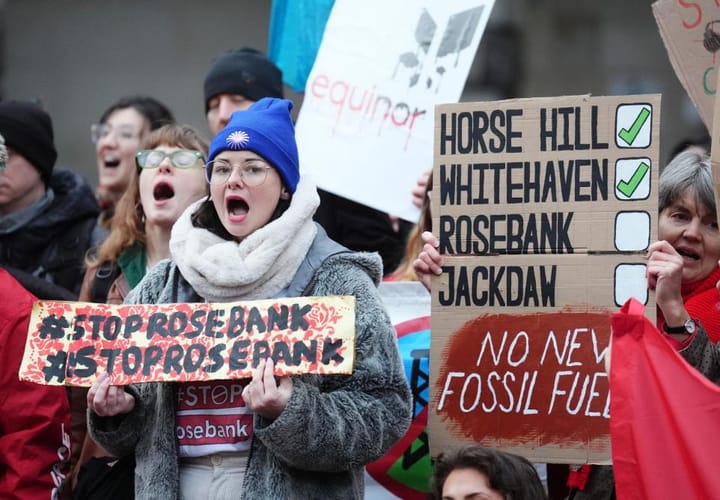

Comments ()